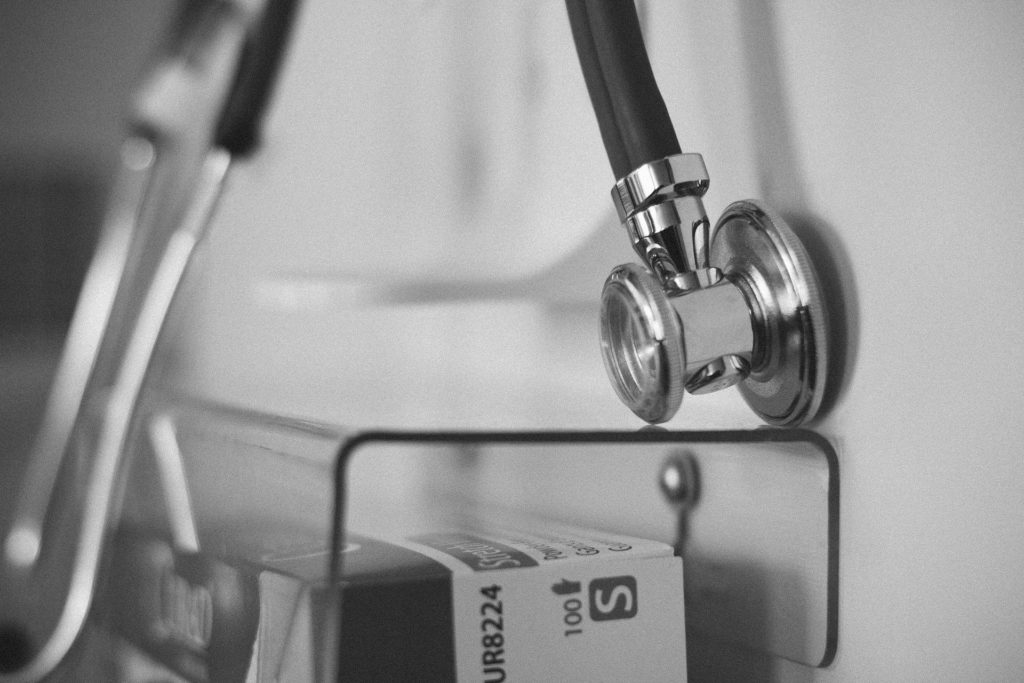The U.S. Centers for Medicare & Medicaid Services (CMS) has approved a handful of new hospitals under its rapidly growing hospital-at-home initiative, Administrator Seema Verma announced on Monday.
Originally unveiled at the end of November, CMS’s “Acute Hospital Care at Home” initiative is designed to give hospitals “unprecedented” and “comprehensive” regulatory flexibilities to treat certain patients from inside their own homes. The CMS program builds off the success and learnings of the existing hospital-at-home models pioneered by Johns Hopkins, Mount Sinai and others.
The agency cleared at least five new hospitals for its initiative, according to a Twitter message from Verma.
The list includes St. Charles Hospital, St. Catherine of Siena Medical Center and Good Samaritan Hospital Medical Center, all three of which are part of the Catholic Health Services family. It also includes Claiborne Memorial Medical Center and Michigan Medicine, the latter of which is part of the University of Michigan.
Tina Haynes — CEO of Claiborne Memorial Medical Center, a hospital in southern Louisiana that serves about 16,000 patients — said her team was able to handle the first and second COVID-19 surges fairly well.
The current surge has been a different story, however.
“With this latest surge, our entire region is having some big capacity issues,” Haynes told Home Health Care News. “We began to see we were going to have trouble with having places to put people, to treat people. And if we couldn’t treat them, we were going to have trouble finding places to transfer them.”
The most recent additions bring the hospital-at-home initiative’s grand total to at least 56 hospitals across the U.S.
Just six hospital groups were cleared when CMS first revealed the waiver program less than two months ago.
“CMS made a terrific decision in recognizing the value of hospital-at-home care for the public health emergency,” Dr. Bruce Leff, a hospital-at-home expert and the director of the Center for Transformative Geriatric Research at Johns Hopkins University School of Medicine, told HHCN at the time. “Hospital-at-home is well proven to provide high-quality hospital-level care in patients’ homes for many acute conditions — and patients and their families love it.”
There currently isn’t a publicly available list of hospital-at-home participants posted online, but Monday’s news from Verma suggests the initiative is growing faster than some health care insiders expected.
That could be a promising development for home health and home care agencies, both of which typically play active roles in hospital-at-home models.
To participate in CMS’s initiative, hospitals must apply for a designated waiver via an online portal, with existing hospital-at-home operators eligible for “an expedited process.”
Among their requirements, participating hospitals will need to provide in-person physician evaluation before starting care in the home. Additionally, a registered nurse is required to perform evaluations on each patient — in person or remotely — daily.
On its end, CMS will collect monitoring data on a monthly or daily basis from participants, depending on their experience level. That data is meant to shed light on patient volumes, unanticipated mortality rates, escalation rates and more.
During the waiver-application process, prospective participants are required to explain how they’re able to meet their patients’ pharmacy, respiratory and other needs in the home setting. Participants must also outline, for example, which diagnostic studies are available to their patients while hospitalized in the Acute Hospital Care at Home initiative.
Claiborne Memorial Medical Center is new to the hospital-at-home model, Haynes noted.
“We decided, well, to keep being able to treat the patients in our parish, which is what we’re here for, we needed to start thinking outside the box,” she said. “We started looking at this waiver as a way to free up some in-patient bed space for the most acutely ill. We started asking ourselves, ‘How could we use this waiver program to our advantage?’”
Specifically, Claiborne plans to use its hospital-at-home program to care for mostly stable COVID-19-positive patients who still need to complete remdesivir therapy.
“We’re looking at a very narrow patient population,” Lee Jones, a registered nurse and director of quality for Claiborne, told HHCN.
In general, CMS is working to advance hospital-at-home efforts to boost acute care capacity during the COVID-19 pandemic.
As of Monday, an estimated 71.34% of all in-patient beds were occupied by a patient, U.S. Department of Health and Human Services (HHS) data shows. An estimated 17.74% of in-patient beds were occupied specifically by a COVID-19 patient.
Hospitals across the country are struggling with in-patient capacity, with no singular geographic hotspot.
Other known hospital-at-home participants, for example, include Mount Sinai Health System, the Huntsman Cancer Institute and Presbyterian Healthcare Services.
While many of the participants are part of larger health systems in densely populated metropolitan areas, Claiborne is proof that the hospital-at-home concept can be put to work in rural regions as well, Haynes added.
“We’re very small and rural, but you can do these kinds of things and provide care for rural communities,” she said. “You don’t have to be in a big metropolitan market to make things happen. You can think outside the box when you put your mind to it. There are ways to make things happen and free up beds to be able to provide care for different patient populations.”
Companies featured in this article:
Claiborne Memorial Medical Center, CMS, Good Samaritan Hospital Medical Center, Michigan Medicine, St. Catherine of Siena Medical Center, St. Charles Hospital




